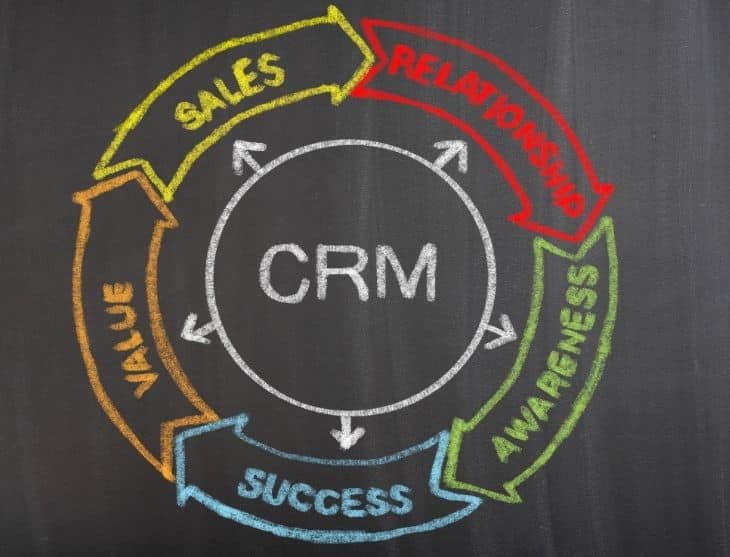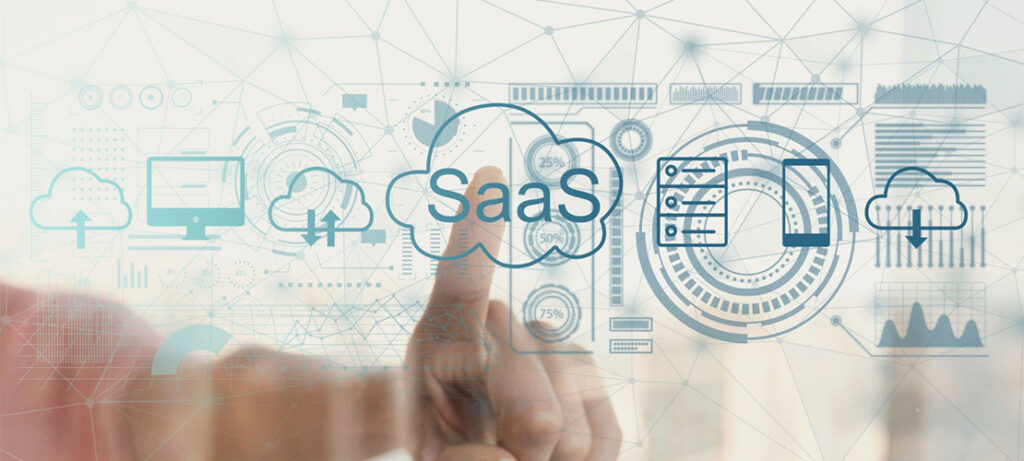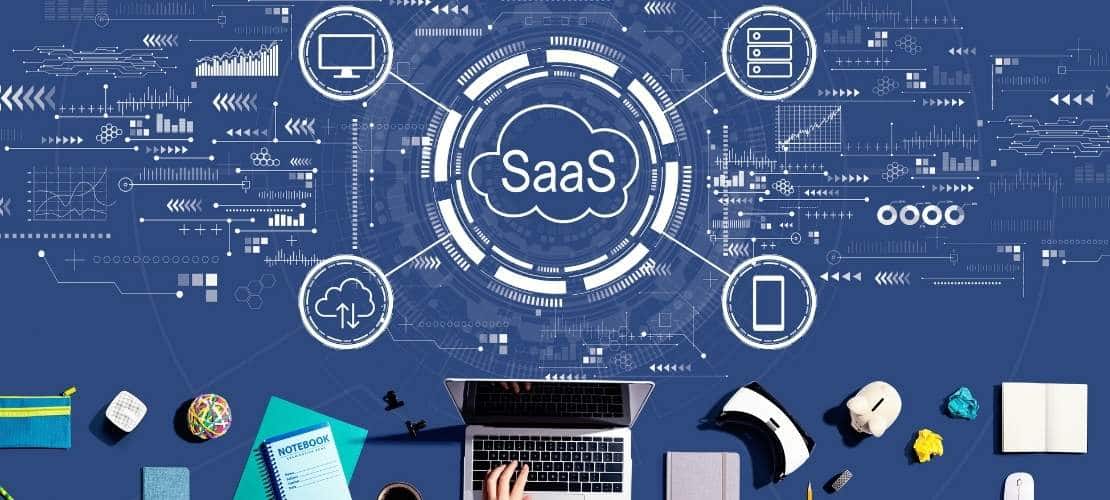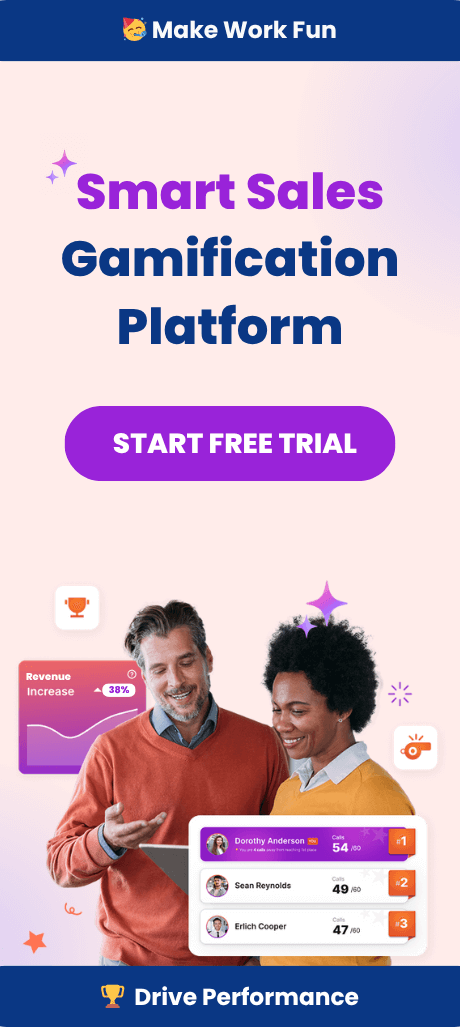The SaaS industry is booming, with companies competing for market share in a highly dynamic landscape. A well-structured SaaS sales strategy is critical for ensuring sustainable growth, reducing churn, and increasing revenue. However, building a scalable, high-performing sales structure is no easy task.
An aligned sales and marketing team is essential for scaling sales effectively and converting leads.
From choosing the right sales model to leveraging AI and gamification, this guide will walk you through everything you need to know about building a successful SaaS sales structure—including how Spinify can supercharge your team’s performance.
Understanding the SaaS Sales Model
Unlike traditional sales, SaaS sales rely on long-term customer retention rather than one-time purchases. The focus is on acquiring, onboarding, and retaining customers through a structured process.
What is SaaS Sales?
SaaS sales refer to the process of selling software applications over the internet, where customers pay a recurring subscription fee to access the software. This model has become increasingly popular in recent years, as it provides customers with flexibility, scalability, and cost-effectiveness. Unlike traditional software sales, which often involve a one-time purchase, SaaS sales focus on long-term customer relationships and continuous value delivery.
Sales teams in the SaaS industry face unique challenges and opportunities. They must adapt to a rapidly changing market, stay updated with the latest technological advancements, and understand the evolving needs of their customers. Successful SaaS sales teams leverage data-driven insights, personalized customer interactions, and innovative sales strategies to stay ahead of the competition.
Defining Your Ideal SaaS Customer Profile (ICP)
Companies like HubSpot and Salesforce rely on well-defined ICPs to target high-value prospects. An effective SaaS sales structure starts with:
- Identifying key demographics
- Understanding customer pain points
- Mapping out the buyer’s journey
Choosing the Right SaaS Sales Model
The right model depends on your product and target market. Common SaaS sales models include:
- Self-Service (e.g., Slack, Dropbox) – Users sign up and use the product without sales interaction.
- Transactional (e.g., Zoom, Shopify) – A sales team assists with purchases but the process remains quick.
- Enterprise (e.g., Salesforce, Oracle) – High-touch sales cycles with long negotiations and custom pricing.
Structuring Your SaaS Sales Team
A successful sales structure includes:
- SDRs (Sales Development Representatives) – Handle lead generation.
- AEs (Account Executives) – Close deals.
- CSMs (Customer Success Managers) – Ensure retention and upsells.
Sales gamification can enhance motivation and engagement within the sales team by tapping into their competitive nature through game-like elements such as leaderboards, points, and rewards.

Sales gamification tools can automate incentive programs, track sales performance, and enhance competition among sales reps, ultimately boosting morale, culture, and sales effectiveness.
How Spinify Helps:
- Tracks sales performance in real-time
- Uses gamification to encourage goal achievement
- Provides AI-powered coaching for sales reps
Sales Development Representative (SDR)
A Sales Development Representative (SDR) is a critical role in the SaaS sales process. SDRs are responsible for generating leads, qualifying prospects, and passing them on to account executives for further nurturing. Typically, SDRs have 0-2 years of sales experience and are compensated with a base salary plus commission, reflecting their contribution to the sales pipeline.
SDRs work closely with the sales team to identify and pursue new business opportunities. They engage with potential customers through various channels, such as email, phone calls, and social media, to understand their needs and pain points. By qualifying leads and setting up meetings for account executives, SDRs play a pivotal role in ensuring a smooth and efficient sales process. Their primary goal is to meet and exceed sales goals and targets, contributing to the overall success of the SaaS sales team.
Setting Sales Goals and KPIs
Key SaaS sales KPIs include:
- Monthly Recurring Revenue (MRR)
- Customer Acquisition Cost (CAC)
- Customer Lifetime Value (LTV)
With Spinify’s AI-driven analytics, managers can track these KPIs effortlessly and adjust strategies in real time.
Leveraging a CRM for SaaS Sales

Companies like Pipedrive and HubSpot use CRMs to track leads, automate workflows, and improve sales efficiency. Integrating Spinify with your CRM enhances visibility and team motivation through performance leaderboards.
The Importance of Product-Led Growth (PLG)
PLG companies like Slack and Calendly use free trials and self-service onboarding to drive sales. If PLG is your model, Spinify can gamify adoption rates, keeping your team engaged in nurturing free trial users into paid customers.
Implementing a Sales Enablement Strategy
Sales enablement ensures reps have:
- The right content
- The right tools
- The right training
Spinify helps by:
- Providing performance-based coaching
- Rewarding learning milestones
- Tracking knowledge adoption
Outbound vs. Inbound Sales in SaaS
Inbound (e.g., HubSpot) focuses on content and SEO. Outbound (e.g., Oracle) relies on cold outreach and sales calls.
Sales gamification software can drive performance and engagement within sales teams through features like real-time scoring and competition setups.
Spinify makes both approaches fun and effective by adding leaderboards, rewards, and AI coaching to sales activities.
Mastering SaaS Cold Outreach
Cold calling and email outreach remain powerful in SaaS. Reps should:
- Personalize messages
- Focus on pain points
- Use multi-channel follow-ups
Spinify’s leaderboards and rewards can keep SDRs motivated during high-volume outreach periods.
Creating a Winning Sales Pitch
A compelling SaaS sales pitch focuses on solving customer pain points rather than just listing product features. Successful SaaS companies like Zendesk and HubSpot tailor their pitches to resonate with specific industries.
How to Craft a Strong Pitch:
- Start with a relatable problem
- Demonstrate clear ROI
- Use real-world case studies
- Keep it concise and engaging
With Spinify, sales managers can track how often reps use key sales techniques and reward top performers for executing effective pitches.
The Power of Social Selling in SaaS
Social selling—especially on platforms like LinkedIn and Twitter—helps reps build relationships rather than just push sales. Studies show that 78% of sales reps using social media outperform their peers.
Best Practices:
- Engage in industry conversations
- Share valuable content
- Personalize outreach messages
Spinify gamifies social selling by tracking engagement metrics and ranking reps on leaderboards based on successful connections and interactions.
Perfecting the SaaS Demo Experience
A great SaaS demo should educate, engage, and convince. Zoom and Salesforce have refined their demo strategies to focus on hands-on experiences.

Key Steps for an Effective Demo:
- Tailor the demo to the prospect’s use case
- Keep it concise and interactive
- Show clear before-and-after value
With Spinify, managers can measure demo-to-close rates and identify which reps deliver the most impactful presentations.
Handling Sales Objections Effectively
Sales objections—whether about pricing, features, or competition—are part of every SaaS sales process. Successful companies like Gong and HubSpot train their reps to handle objections with confidence.
Common SaaS Objections & Solutions:
“Your product is too expensive” → Show ROI & cost savings
“We’re using a competitor” → Highlight differentiation
“We don’t have time to switch” → Offer a seamless onboarding plan
Spinify helps track objection-handling success rates, offering insights into which reps need additional coaching.
Pricing Models and Sales Negotiations
SaaS companies like Dropbox and Adobe leverage different pricing strategies to appeal to various customer segments:
- Freemium (e.g., Slack) – Converts free users into paying customers.
- Tiered Pricing (e.g., Shopify) – Offers flexibility based on feature needs.
- Usage-Based Pricing (e.g., AWS) – Scales based on customer usage.
Spinify helps sales teams track discount usage and pricing negotiations, ensuring reps maximize revenue.
Using AI to Enhance Sales Performance
AI-powered tools like Gong and Drift analyze sales conversations and customer behavior to optimize strategies.
AI in SaaS Sales:
- Predictive analytics for lead scoring
- AI-powered chatbots for lead nurturing
- Automated coaching for sales reps
Spinify’s AI Coaching Agent provides personalized, real-time feedback to reps, ensuring continuous improvement.
The Role of Spinify in Sales Coaching
Sales coaching is essential for scaling performance. Traditional coaching can be time-consuming, but Spinify’s AI-driven coaching tools provide:
- Real-time feedback based on sales performance
- Custom training plans based on strengths/weaknesses
- Gamified progress tracking
Leveraging Data for Continuous Sales Improvement
Companies like Google and HubSpot use data-driven insights to refine sales strategies.
How to Use Data in SaaS Sales:
- Track conversion rates at each funnel stage
- Analyze sales cycle length
- Use AI-powered analytics for forecasting
With Spinify’s sales analytics dashboards, managers can make informed, real-time decisions.
Customer Retention Strategies in SaaS
Retention is just as important as acquisition. Top SaaS companies prioritize:
- Proactive customer support (e.g., Intercom’s AI chatbots)
- Ongoing engagement strategies
- Continuous value delivery
Spinify helps customer success teams track engagement metrics and reward CSMs for high retention rates.
Upselling and Cross-Selling for Maximum Growth
Companies like Shopify and Zendesk leverage upselling and cross-selling to maximize revenue.
Effective Strategies:
- Personalized product recommendations
- Customer behavior analysis
- Time-sensitive upgrade offers
Spinify gamifies upselling performance, recognizing reps who generate the most add-on sales.
How to Reduce SaaS Churn Rate
A high churn rate means lost revenue. Companies like HubSpot reduce churn by:
- Providing proactive support
- Engaging users through training
- Offering loyalty incentives
Spinify’s real-time engagement tracking identifies customers at risk of churning, allowing teams to act quickly.
Building a Scalable Sales Onboarding Program

New hires need structured onboarding to ramp up quickly. Top SaaS companies:
- Use AI-powered training modules
- Provide role-based learning paths
- Reward milestone achievements
Spinify automates progress tracking, ensuring new reps hit key onboarding milestones.
Motivating and Retaining Your SaaS Sales Team
Burnout and disengagement lead to turnover. Spotify and LinkedIn keep teams motivated through:
- Performance-based rewards
- Employee recognition programs
- Personalized coaching
Spinify’s gamification tools make work more engaging and rewarding.
Spinify’s Role in Gamifying SaaS Sales
Spinify’s gamification features help SaaS sales teams stay engaged and competitive through:
- Real-time leaderboards
- AI-driven coaching
- Instant recognition and rewards
Implementing AI-Driven Sales Forecasting
AI helps predict revenue trends, allowing managers to optimize strategies proactively.
Spinify’s AI-driven insights provide:
- Predictive sales trends
- Performance benchmarks
- Risk assessment for deals
The Future of SaaS Sales: Trends to Watch
- AI-powered sales automation
- Increased reliance on PLG strategies
- Expansion of virtual sales experiences
Spinify is at the forefront of these innovations, integrating AI and gamification into the future of SaaS sales.
Case Study: How Top SaaS Companies Excel in Sales
Companies like Atlassian and Zoom use data-driven sales approaches and AI-powered coaching to dominate their industries.
Spinify enables similar success by tracking performance metrics and rewarding top sales behaviors.
Common Mistakes to Avoid in SaaS Sales
🚧 Focusing too much on acquisition, not retention
🚧 Ignoring data-driven decision-making
🚧 Failing to motivate sales reps
Spinify helps teams avoid these mistakes by keeping sales performance transparent, data-driven, and engaging.
Creating a Culture of Continuous Improvement
Success in SaaS sales requires constant evolution. Companies must:
- Regularly assess team performance
- Adapt to changing customer needs
- Invest in ongoing training
Spinify makes continuous improvement fun and measurable through gamified tracking and AI-driven coaching.
Understanding the SaaS Sales Cycle
The SaaS sales cycle is a complex process that involves multiple stages, from lead generation to customer acquisition and retention. Each stage requires careful planning and execution to ensure a seamless transition from one phase to the next. The sales process can be influenced by various factors, such as pricing, contract length, and the involvement of decision-makers.
On average, the length of a SaaS sales cycle is 84 days. However, this can vary significantly depending on the Annual Contract Value (ACV) and the complexity of the product. A higher ACV often means a longer sales cycle, as it involves more stakeholders and a more detailed evaluation process. To streamline the sales process and reduce the sales cycle length, sales teams can focus on reducing decision-maker involvement and simplifying the buying process.
SaaS Sales Commission Structure
A SaaS sales commission structure refers to the method or formula used to calculate the commissions earned by sales representatives selling subscription-based software services. This structure is crucial in motivating sales reps and aligning their efforts with the company’s revenue goals. In the unique context of recurring revenue SaaS models, the commission structure must reward behaviors that benefit both customer value and business growth.
Designing an effective SaaS sales commission structure involves balancing short-term incentives with long-term customer success. It should encourage sales representatives to not only close deals but also ensure customer satisfaction and retention. By aligning commissions with key performance indicators (KPIs) such as Monthly Recurring Revenue (MRR) and Customer Lifetime Value (LTV), companies can drive sustainable growth and high sales performance.
Base Salary + Commission: A Winning Combination
The Base Salary + Commission structure is a popular and effective commission model for SaaS sales teams. This model combines a base salary with a commission based on sales performance, providing financial stability through a fixed income while incentivizing additional earnings through successful sales. The base salary offers a safety net, ensuring that sales representatives have a steady income even during slower sales periods.
The commission component, on the other hand, motivates sales reps to exceed their targets and drive higher revenue. This structure is particularly suitable for sales representatives who are highly motivated and capable of generating significant sales revenue. By rewarding top performers and encouraging continuous improvement, the Base Salary + Commission model helps SaaS sales teams achieve their goals and maintain high levels of engagement and productivity.
Build a Winning SaaS Sales Structure with Spinify
A well-defined SaaS sales structure is essential for driving revenue, increasing customer retention, and improving team performance. By incorporating AI-driven analytics, gamification, and real-time tracking, Spinify helps SaaS companies optimize their sales process and keep their teams highly engaged.
🚀 Ready to transform your SaaS sales structure?
📢 Book a demo with Spinify today and start achieving sales excellence!




